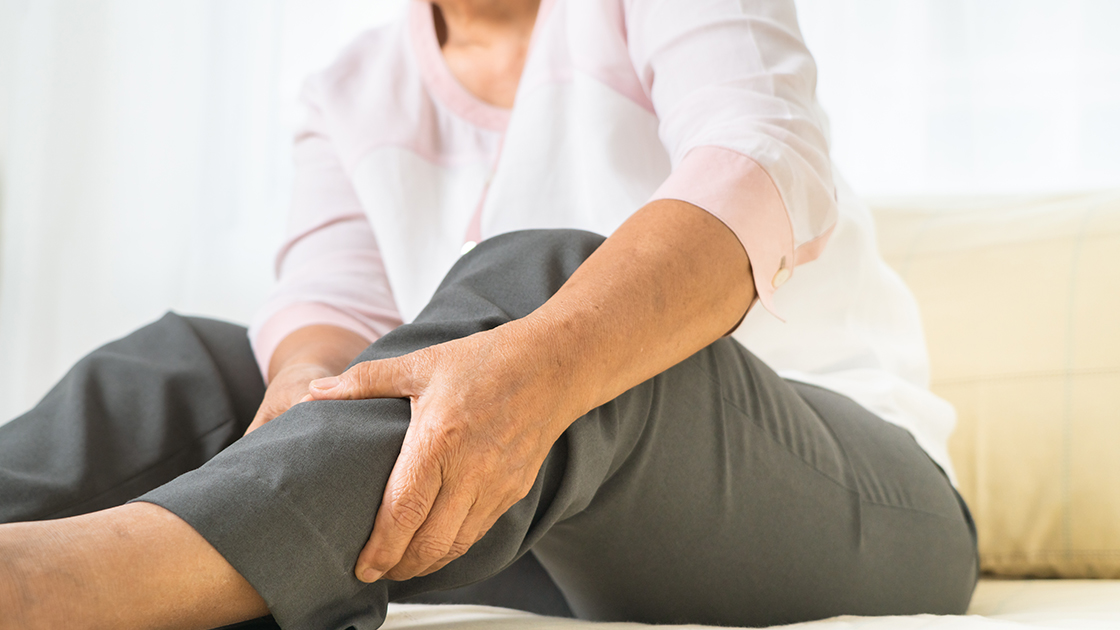Page Contents
The rhythmic pounding of feet against the pavement is a familiar sensation for runners, but for those plagued by shin splints, each step can become a painful ordeal. Moreover, medically known as medial tibial stress syndrome, shin splints are often a result of overuse, improper footwear, or sudden changes in training intensity. Furthermore, we’ll delve into the causes of shin splints and explore how laser therapy acts as a beacon of hope, shedding light on pain-free running. Through a comprehensive examination, we aim to uncover the intricate factors contributing to shin splints and showcase how laser therapy offers a transformative solution for individuals seeking relief from the challenges of this common running ailment.
What Causes Shin Splints?
Shin splints are a prevalent issue among runners, and understanding their causes is crucial for effective prevention and treatment. Several factors contribute to the development of shin splints
a. Overuse and Repetitive Stress
Running long distances or engaging in repetitive activities that stress the shinbone and its surrounding tissues can lead to shin splints. This often occurs when individuals increase their training intensity or duration too rapidly.
b. Improper Footwear
Wearing shoes that lack proper support or fail to absorb shock adequately can contribute to the development of shin splints. Ill-fitting footwear can result in increased stress on the lower leg during physical activities.
c. Biomechanical Issues
Abnormalities in the structure or mechanics of the foot, such as flat feet or overpronation, can contribute to shin splints. These biomechanical factors alter the distribution of forces during running, placing additional stress on the shinbone.
d. Hard Surfaces
Running on hard surfaces, such as concrete or asphalt, can exacerbate the impact on the legs and contribute to the development of shin splints. Softer surfaces, like grass or well-maintained trails, may provide a more forgiving terrain.
How We Help People With Shin Splints?
a. Laser Therapy’s Cellular Healing
Laser therapy, or low-level laser therapy (LLLT), stands out as a promising solution for individuals grappling with shin splints. This non-invasive treatment harnesses specific wavelengths of light to stimulate cellular activity in the affected area. By increasing the production of adenosine triphosphate (ATP), the energy currency of cells, laser therapy accelerates tissue repair and regeneration.
b. Inflammation Reduction
Shin splints often involve inflammation of the tissues surrounding the shinbone. Laser therapy has proven anti-inflammatory effects, modulating the body’s inflammatory response and alleviating swelling. This reduction in inflammation contributes to pain relief and improved comfort during physical activities.
c. Pain Modulation Mechanism
Laser therapy’s ability to modulate pain signals offers a dual benefit. By affecting nerve cell activity, laser therapy reduces the perception of pain associated with shin splints. This enables individuals to engage in running and other activities more comfortably, supporting their journey toward pain-free running.
d. Precision and Non-Invasiveness
Laser therapy is a precise and non-invasive treatment option for shin splints. The targeted application of low-intensity laser light ensures that therapeutic effects are concentrated in the affected area, promoting optimal healing without impacting surrounding tissues. This characteristic makes laser therapy an attractive choice for individuals seeking relief without the risks associated with surgery or medication.
Conclusion
As runners navigate the challenges posed by shin splints, laser therapy emerges as a beacon of hope, illuminating a path toward pain-free running. Moreover, by addressing the root causes of shin splints through cellular healing, inflammation reduction, and pain modulation, laser therapy offers a comprehensive and non-invasive solution for individuals seeking relief from the constraints of this common ailment. Additionally, engaging in open discussions with healthcare professionals can guide runners toward incorporating laser therapy into their training and recovery plans. This marks a transformative step towards a life unburdened by the shadows of shin splints, allowing runners to pursue their passion with renewed vigor and resilience.
